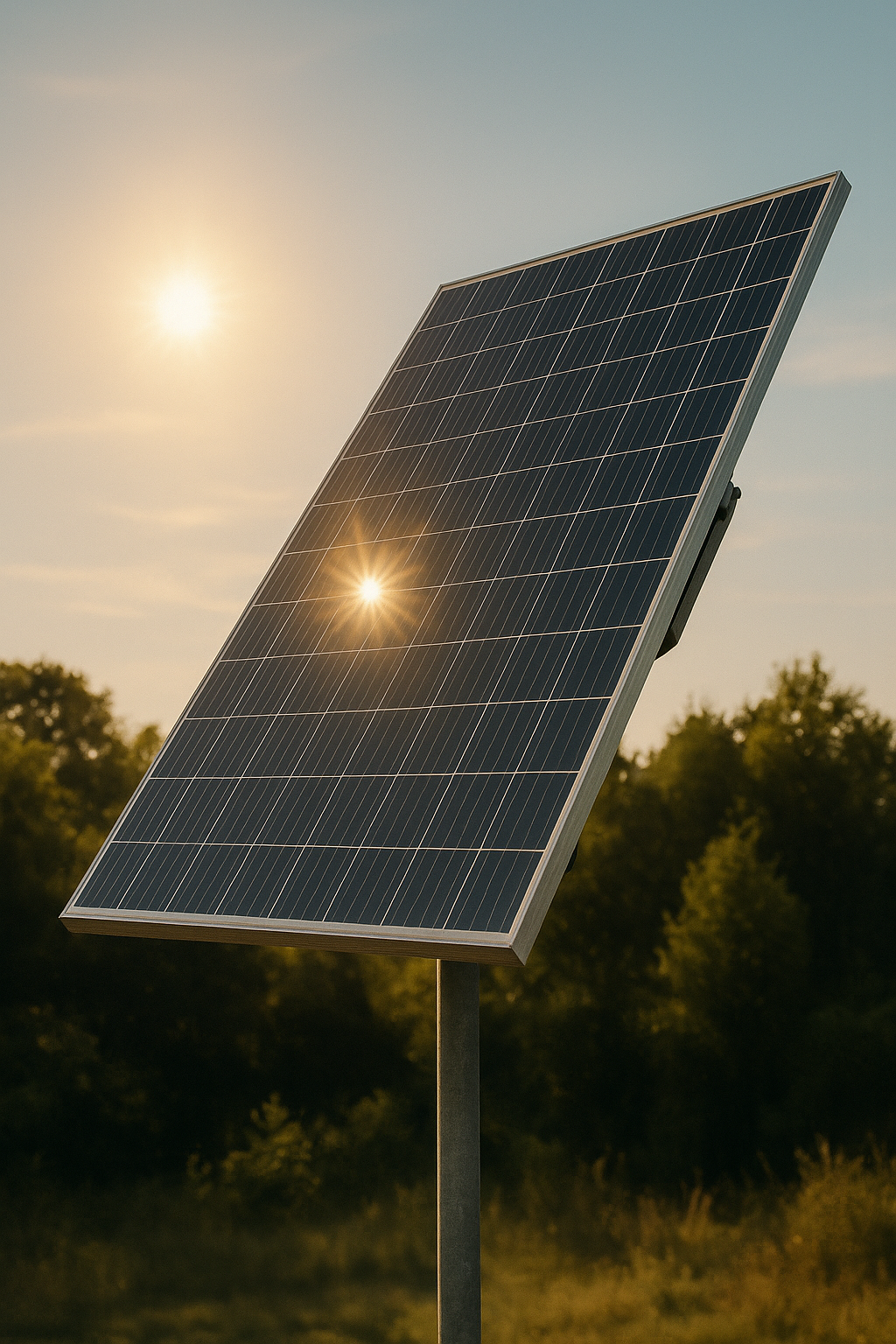Search
People also search for:
Fixed Tilt vs Single Axis vs Dual Axis: Which Mounting System Is Right for You?

Choosing the right mounting system is one of the most important decisions in your solar journey. It impacts how much electricity your system will generate, how quickly it will pay for itself, and how well it performs in your local climate.
At Sunlogix, we offer three types of solar mounting systems — Fixed Tilt, Single-Axis Tracker, and Dual-Axis Tracker — each suited for different needs and budgets.
Let’s break them down in detail:
1. What Are the Mounting Types?
Fixed Tilt Mounting
Panels are set at a fixed angle, usually optimized for average yearly sunlight.
Simple and low-cost.
Commonly used on rooftops or small commercial setups.
No motors or moving parts.
Single-Axis Tracker
Allows solar panels to rotate along one axis (typically East to West).
Follows the sun across the day, improving generation in the morning and evening.
One motor controls all panels in a row.
Dual-Axis Tracker
Tracks both azimuth (East–West) and tilt (North–South) movements.
Keeps panels perpendicular to the sun all day and adjusts with seasonal changes.
Controlled by two motors and smart sensors like LDRs.
Offers maximum energy yield.
2. Energy Output & Efficiency
| Mounting Type | Daily Movement | Monthly Output (3kW) | Efficiency Boost |
|---|---|---|---|
| Fixed Tilt | None | ~450–500 units/month | — |
| Single Axis | East–West only | ~580–650 units/month | +25–30% |
| Dual Axis | East–West + Tilt | ~740–850 units/month | +50–60% |
Dual-axis trackers consistently deliver the highest yield, even during winter, cloudy weather, and low-angle sun conditions.
3.Payback Period (3kW System Example)
| System Type | Units/Month | Bill Savings/Month | Payback Time |
|---|---|---|---|
| Fixed Mount | ~480 units | ₹2,400–₹2,600 | 6–7 years |
| Single Axis | ~620 units | ₹3,100–₹3,300 | 4.5–5 years |
| Dual Axis | ~800 units | ₹4,000–₹4,400 | 3–4 years |
When combined with net metering, dual-axis systems can fully eliminate electricity bills, helping you reach zero cost faster.
4. Durability, Wind Safety & Maintenance
| Mounting Type | Wind Resistance | Motorized? | Wind Mode Safety | Maintenance |
|---|---|---|---|---|
| Fixed Tilt | High | No | No | Very Low |
| Single Axis | Medium–High | Yes | ️ Optional | Medium |
| Dual Axis | High | Yes (2) | Auto Wind Mode | Low–Medium |
Wind Mode on Sunlogix dual-axis trackers automatically flattens the panel array in high-wind conditions.
5. Where Are They Best Used?
| System Type | Ideal Locations & Users |
|---|---|
| Fixed Tilt | Small homes, schools, shops — budget-focused installations |
| Single Axis | Farmlands, open plots, small industries |
| Dual Axis | Villas, smart homes, premium projects, energy-max setups |
6.Why Most Sunlogix Customers Choose Dual Axis
Maximum power from fewer panels
Ideal for space-limited rooftops
Bifacial panel compatible
MNRE compliant and subsidy-eligible
Adds value to homes, villas, and green buildings
7.Final Comparison Table
| Feature | Fixed Tilt | Single Axis | Dual Axis |
|---|---|---|---|
| Tracking Type | None | Horizontal | Horizontal + Vertical |
| Energy Output Boost | — | ~25–30% | ~50–60% |
| Payback Period | 6–7 years | 4.5–5 years | 3–4 years |
| Motor Control | No | One motor | Two motors |
| Wind Mode | No | ️ Optional | Auto-flattening |
| Maintenance Level | Very Low | Medium | Low–Medium |
| Ideal For | Basic setups | Medium scale | Smart, premium systems |
Making the Right Choice: What Should You Consider?
While cost is often the first concern, it shouldn’t be the only one. Here are the key decision factors to help you pick the right mounting system:
1. Roof Size or Land Area
Fixed tilt systems require more area to reach the same output as a tracker.
Trackers extract more energy per square meter, making them ideal for tight rooftops or premium villas.
2. Budget vs Long-Term Returns
A fixed mount has the lowest upfront cost — great for tight budgets.
But a dual-axis tracker can deliver the highest long-term savings by boosting energy output and reducing payback time.
3. Location & Sun Availability
If your site has shade-free access throughout the day, dual-axis trackers will take full advantage of it.
In cloudy or low-light areas, bifacial panels + tracker tilt can make a big difference.
4. Weather Conditions
If your region faces strong winds or storms, ensure your system includes wind mode and rugged build quality.
Sunlogix dual-axis systems are equipped with auto-flattening and limit switches for complete safety.
5. Eligible Subsidies
All three systems are eligible under:
MNRE Rooftop Solar Program
State-level net metering policies
ALMM & BIS certified panel guidelines
Pro Tip: The higher the generation, the more valuable your subsidy — which makes high-output tracker systems even more profitable.
Real-Life Output Boost: Customer Example
Project: 3kW Dual-Axis Rooftop System, Coimbatore
Fixed Tilt Benchmark: ~490 units/month
Sunlogix Tracker Output: 812 units (March–April avg.)
Monthly Bill Savings: ₹4,000+
Payback: 3.2 years (vs 6.2 years with fixed mount)
Still Not Sure? Talk to Our Experts.
Every home is different. Sunlogix provides:
Free site assessment
Customized design
MNRE & DISCOM paperwork support
After-sales tracking & maintenance assistance







Sunlogix